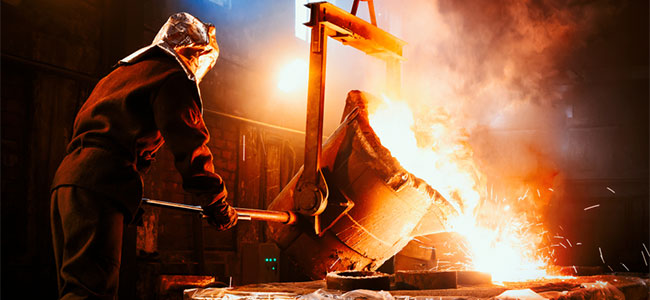
Page 3 of 4
Protective Apparel at the Tip of the Pyramid
The key lies in making each layer as light as possible, ensuring that workers are more likely to wear them and remain safe in case of unforeseen accidents.
“Comfort equals compliance is kind of what everyone says in the industry,” Hirschi explains.
The mantra is simple, but it’s profound. The basic idea is that if the personal protective equipment (PPE) handed to a worker isn’t comfortable, there’s a good chance it will be modified, altered, or worse, left unworn. The result? Potential injuries and non-compliance with safety standards.
Innovations for the Industrial Athlete
Herein lies the need for innovation — to create protective apparel options that provide layered solutions for extreme environments that also feature multiple hazards and, at the same time, make it something workers will truly be able to wear.
“The more comfortable you can make it, the better,” Hirschi says. “So, if you can innovate and create options that workers and safety managers can choose depending on what that hazard is, then that leads to greater protection and better compliance for onsite safety overall.”
Developing fibers, materials and coatings that are lighter, more flexible and moisture-wicking for workers’ protective layers is essential. The sources for some of those innovations might be a little surprising.
“Actually, we take a lot of cues from the outdoor industry and the activewear industry,” Hirschi explains. Those companies focus considerable attention on researching and developing clothing that has to deal with factors such as sun, rain and moisture management.
And those athletic wear innovations perfectly align with how many workers see themselves: as industrial athletes.
“They see what they’re doing as athletic as there are so many physical requirements,” he explains. “It’s grueling. You have to be in shape. You can’t just show up and hope to last through an eight-hour shift of sweat and through your clothes. You actually have to be able to manage that, and whatever apparel you’re wearing should complement that.”
Striking Balances
That said, Hirschi notes that the fibers and materials have to protect against exposure to the hazards of the work environment. That can create a balancing act when it comes to product design. For example, a certain type of inherent non-flammability might be needed, but it doesn’t allow for moisture wicking.
This article originally appeared in the October 2023 issue of Occupational Health & Safety.